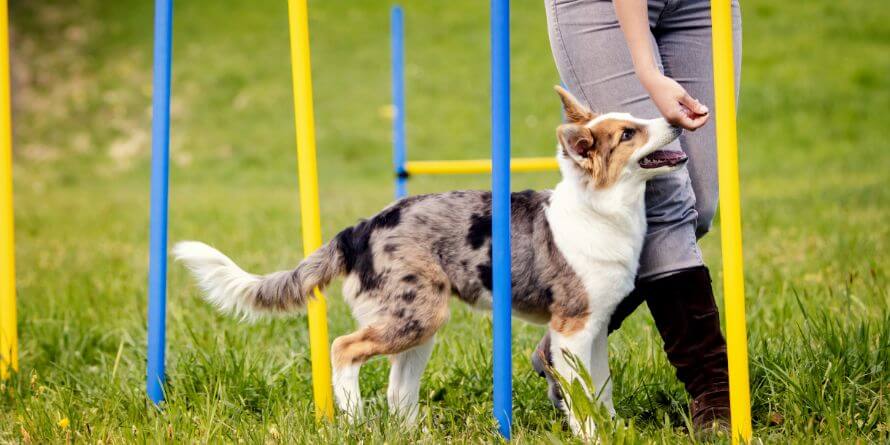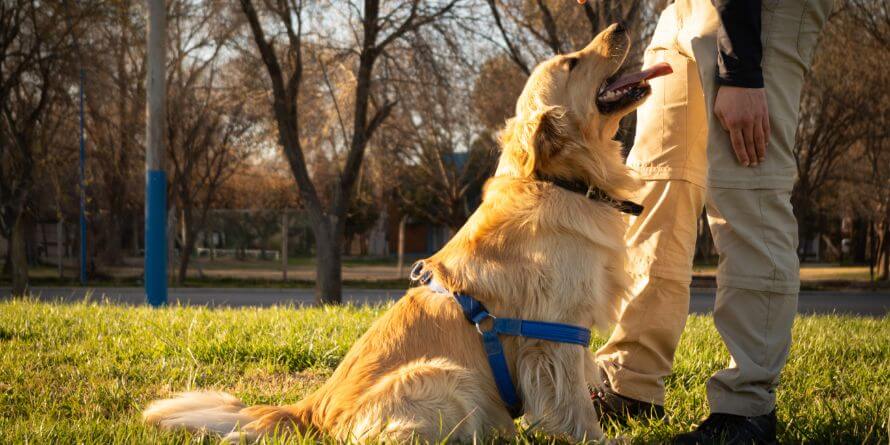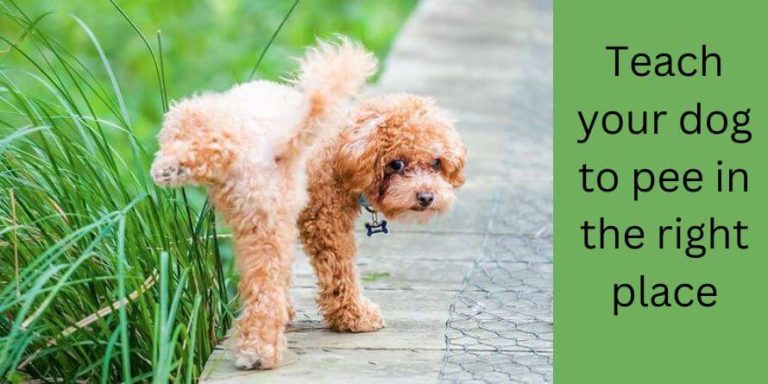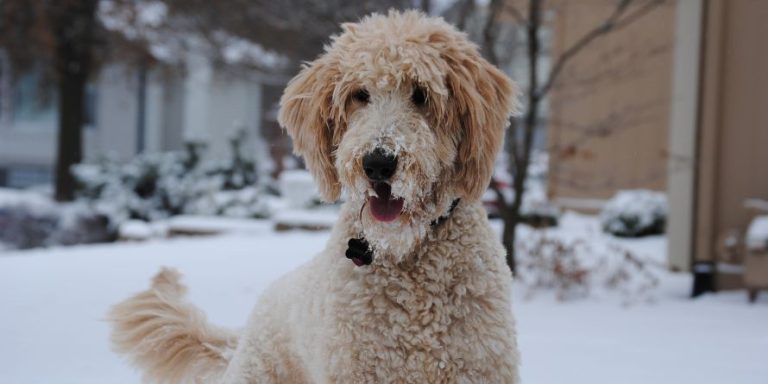Training your dog to navigate obstacle courses can be a fun and rewarding experience for you and your furry friend. In this blog post, I will discuss how to train your dog to do obstacle courses.
Before diving in, introduce your dog to obstacle courses and ensure they have a solid foundation in basic obedience commands such as sit, stay, come, and heel. These commands will form the basis for more advanced training.
Dog obstacle course training is a sport in which you guide a set of obstacles within a time limit. There are many obstacles, such as 15 to 20 tunnels, seesaws, tire jumps, weave poles, and pause tables.

How to Train Your Dog to Do Obstacle Courses for Beginners
How to train your dog to do obstacle courses at home: Begin with basic obstacles that are low to the ground and easy to navigate.
For example, Tunnels: Start with short and straight tunnels. For real training experience, see the Unlimited Dogs Training Courses.
- Use treats or toys to encourage your dog to go through.
- Another one is Low Jumps: Set up low jumps and guide your dog over them using treats or a toy.
- Thirdly, Platforms: Teach your dog to stand or sit on low platforms.
- Reward them for staying on the platform. Lastly,
- Weave Poles: Set up a few poles and guide your dog through them using treats.
Building a dog obstacle course
- Practicing bunches of restrained recalls and races over obstacles to a prize
- Running the exterior of the curve on the tunnel
- Operating schemes that raise a dog’s flexibility, such as the reel and bump
Recommended Obstacle Course Training for Dog

Here are some tips for training your dog to do obstacle courses:
The Perfect Dog Obedience Bundle Separation Anxiety Solutions Mini-Course
Positive Reinforcement
Use positive reinforcement techniques such as treats, praise, and toys to motivate and reward your dog for completing each obstacle. This will make the training experience enjoyable for your dog.
This positive rewards you for food behavior rather than punishing bad behavior, so we promise that your furry friend will improve.
Introduce Each Obstacle Separately
Always follow the owner’s attitude because it’s easy to teach them. Train your dog on each obstacle individually before combining them into an entire course. This lets your dog master each skill before moving on to the next challenge.
Start Small
Every small step can be an excellent option to start. Begin with simple obstacles and gradually increase the difficulty as your dog becomes more confident. Common starter obstacles include tunnels, jumps, weave poles, and platforms.
Use Lures and Rewards
If your dog is an eater, like picky and missy, use treats or toys to guide it through each obstacle. For example, use a treat to lead your dog through a tunnel or over a jump.
Gradually reduce the use of lures as your dog becomes more familiar with the obstacles.
Clicker Training
Clicker training is a great way to get more results. Consider using a clicker to mark the exact moment your dog completes an obstacle. Pair the click with a reward to reinforce the behavior.
This can help your dog understand what specific actions lead to positive outcomes.
Practice Regularly
Consistency is critical to successful training. Practice regularly in short sessions to keep your dog engaged and enthusiastic. Make sure training sessions are positive and enjoyable experiences for your dog.
Add Distractions
Once your dog is comfortable with the obstacles, introduce distractions to simulate a real-world environment. This could include other people, other dogs, or various sounds.
Gradually increase the level of distractions as your dog becomes more skilled.
Be Patient
Training takes time, and each dog progresses at its own pace. Be patient and celebrate small victories. If your dog seems stressed or overwhelmed, step back and make the training sessions easier before progressing. Give some dog food what to eat that they love to eat when you become impatient and relax.
FAQ on the Obstacle course for my dog
Every dog can enjoy agility training in your very own backyard!
How do I train my dog for an obstacle course?
You can start from here. Use positive reinforcement with treats and praise. Gradually introduce simple obstacles like tunnels and jumps, rewarding success. Keep sessions short, fun, and consistent.
Are obstacle courses good for dogs?
Yes, it is incredible for dogs. Obstacle courses are excellent for mental stimulation, physical exercise, bonding with your dog, and promoting agility and confidence.
How do I start my dog on agility training?
It is about understanding your level of self-confidence. Then, you begin with basic commands and introduce low-level obstacles like tunnels and jumps. Use positive reinforcement and keep sessions enjoyable.
What age should a dog start agility?
For most breeds, start agility training around one-year-old, considering joint development. However, it depends on your breed-specific recommendations.
Bottom Line
How to train your dog to do obstacle courses? Use this recommended course. This will thoroughly satisfy you, and your dog will learn right away. Recollect training should be a positive experience for both you and your puppy.
So, keep it fun, and your dog will be more likely to enjoy and excel at the obstacle course. Dog training guidelines for everyone using exciting infographics.



